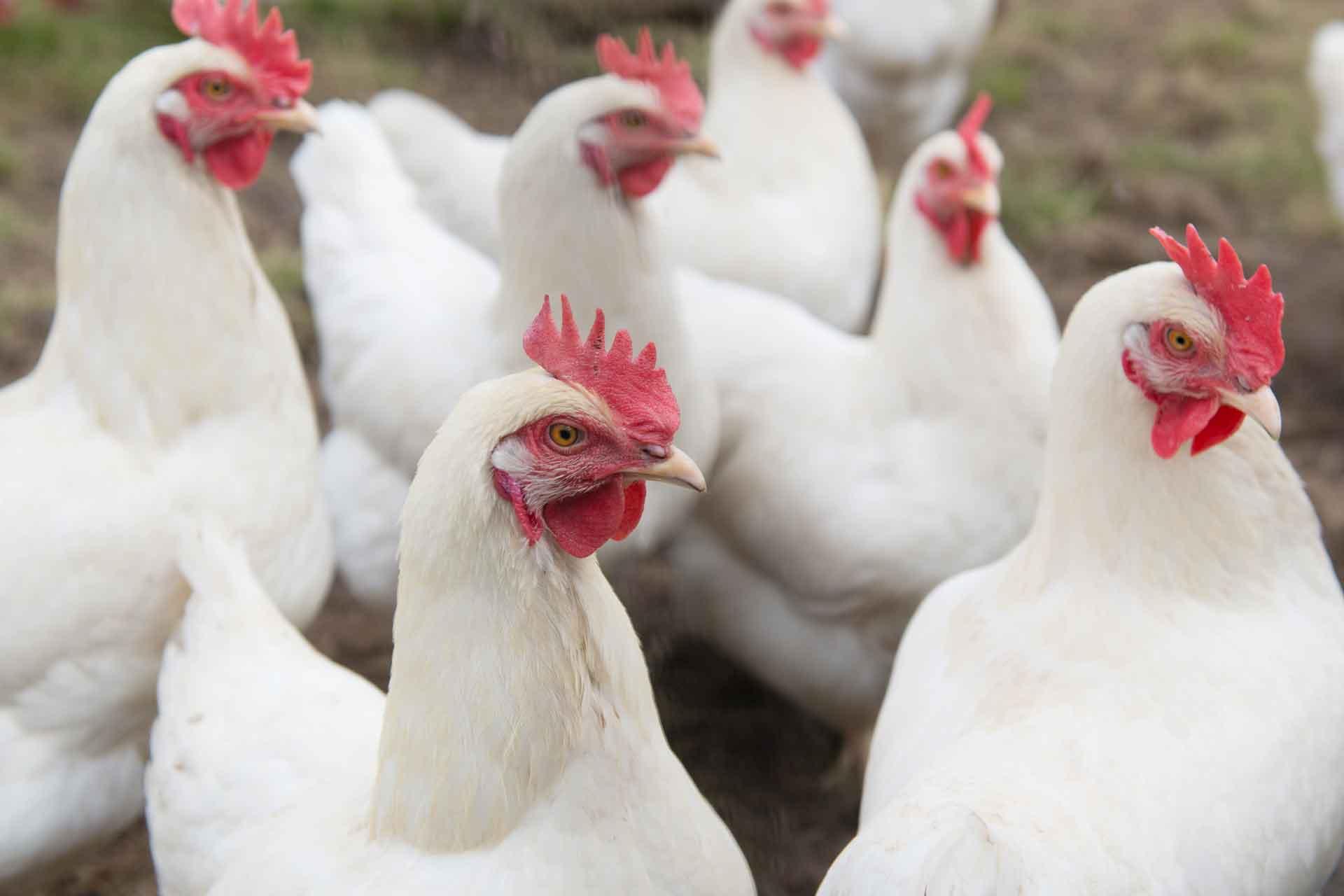Acquisition of resistance to avian leukosis virus subgroup B through mutations on tvb cysteine-rich domains in DF-1 chicken fibroblasts
Avian leukosis virus (ALV) is a retrovirus that causes tumors in avian species, and its vertical and horizontal transmission in poultry flocks results in enormous economic losses. Despite the discovery of specific host receptors, there have been few reports on the modulation of viral susceptibility via genetic modification. We therefore engineered acquired resistance to ALV subgroup B using CRISPR/Cas9-mediated genome editing technology in DF-1 chicken fibroblasts. Using this method, we efficiently modified the tumor virus locus B (tvb) gene, encoding the TVB receptor, which is essential for ALV subgroup B entry into host cells. By expanding individual DF-1 clones, we established that artificially generated premature stop codons in the cysteine-rich domain (CRD) of TVB receptor confer resistance to ALV subgroup B. Furthermore, we found that a cysteine residue (C80) of CRD2 plays a crucial role in ALV subgroup B entry. These results suggest that CRISPR/Cas9-mediated genome editing can be used to efficiently modify avian cells and establish novel chicken cell lines with resistance to viral infection.

